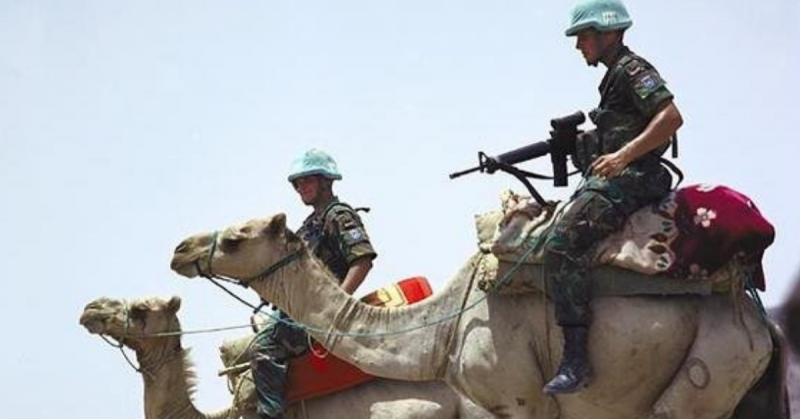Throughout the history of human warfare, animals have sometimes played a role in battles. Horses and dogs may come to mind, but would one immediately think of dolphins or bees when equating animals with warfare? Below are some examples of how animals were used in the past and how they are still used today.
The first known use of pigeons for communicating messages is in the 6th century BC when Cyrus, the king of Persia, was said to have used pigeons for communicating with the furthest parts of his empire.
Homing pigeons seem to have a sensitivity to the Earth’s magnetic field that guides them back home. They have been known to find their way home from over 1,800 miles away. Because of this ability, over the years military officers took pigeons to battle fronts and used them to send messages back to the king or their commanding officers.
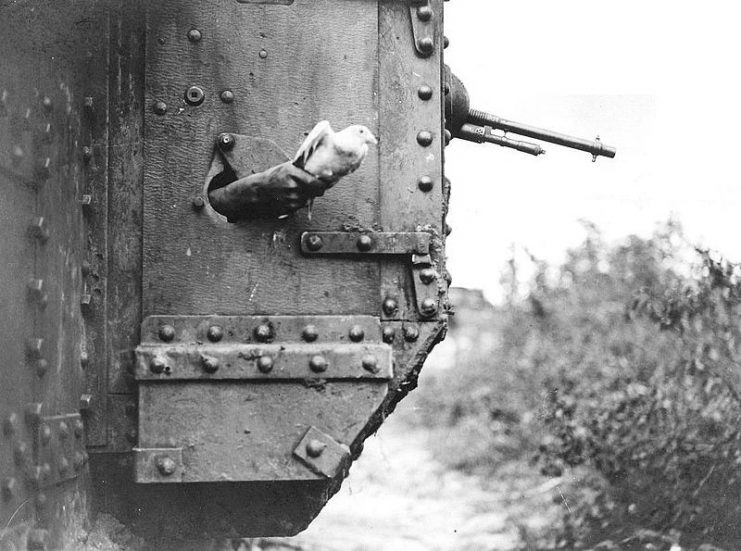
When Paris was under siege by the Prussians in the years 1870 and 1871, the French military sent pigeons into the city by hot air balloon. The trapped citizens then used the pigeons to send out messages past the enemy lines.
Over 200,000 pigeons were used in World War I, which was the peak of their employment in battle. The advent of radio transmissions made the birds less useful on the front lines, and their participation in combat zones is no longer required.
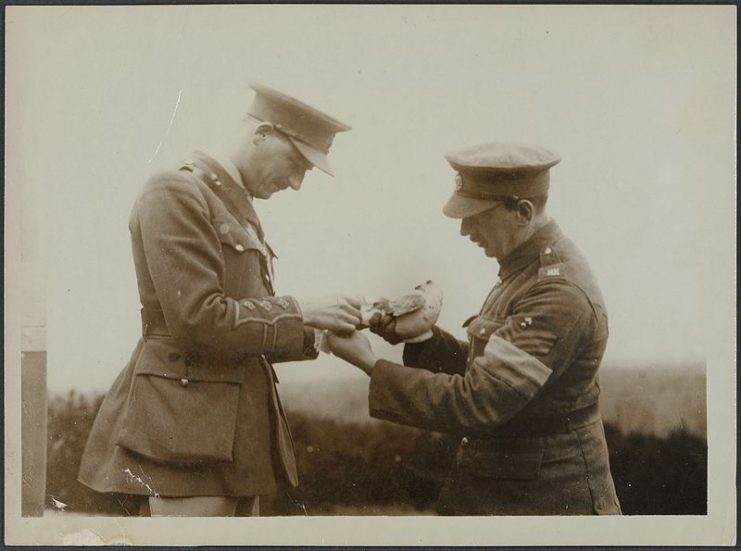
History also records the use of bears in battle. One bear, in particular, became famous for his combat service. Voytek was a Syrian brown bear cub when he was adopted by Polish troops from a supply company. The bear was raised by them and eventually grew to be over 880 pounds.
He was made a private in the Polish army and eventually reached the rank of corporal. In 1944, he went to Monte Casino, Italy with his company, where he carried boxes of ammunition to the men during one of the bloodiest battles of World War II.
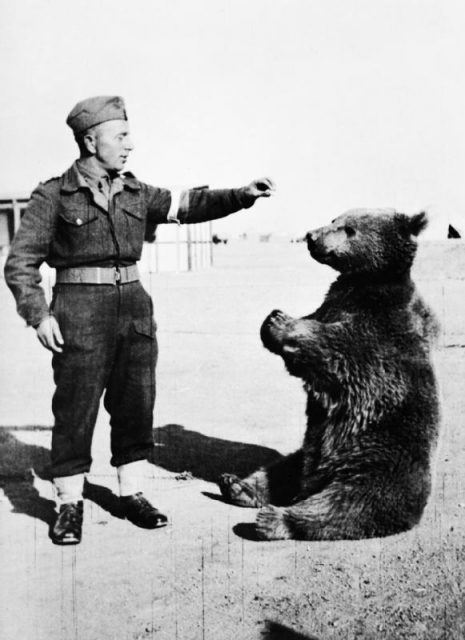
You’ve probably seen movies of elephants in warfare. They were first used for battle in India somewhere around the 4th century BC. They were fearsome in battle–goring soldiers with their tusks, trampling them underfoot, and throwing them with their trunks. Often, they were armored to protect them from enemy spears, arrows, and swords, and sometimes they had iron spikes added to their tusks.
Roman soldiers were terrified in their first encounter with India’s war elephants, but they managed to win the battle anyway. The Roman general Tiberius Julius Alexander later added the beasts to his own arsenal. The Romans used elephants in battles with Spain and Gaul. However, the psychological benefit of using elephants against the enemy was often undone by their tendency to panic and trample their own troops. When cannons were invented, armies stopped using elephants.
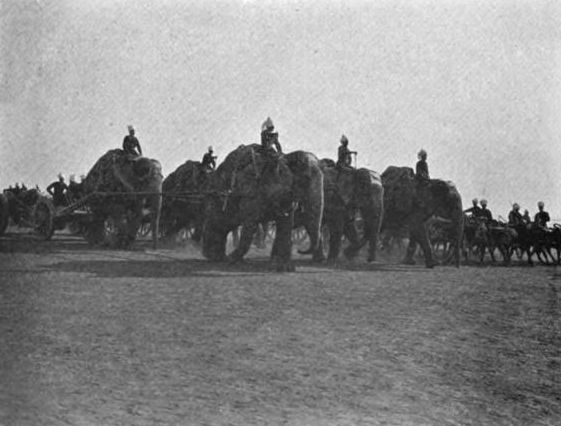
Camels are still used on patrol in some of the desert and mountain regions of the world. They are useful for their ability to travel long distances in harsh conditions, often without water.
The first recorded use of camels in battle is in 853 BC. King Gindibu, the Arabian leader, used 1,000 camels to fight the Assyrians in the Battle of Qarqar located in what is now part of Syria. More recently, in WWI, camels were used in the Middle East by both the Allies and the Ottomans.
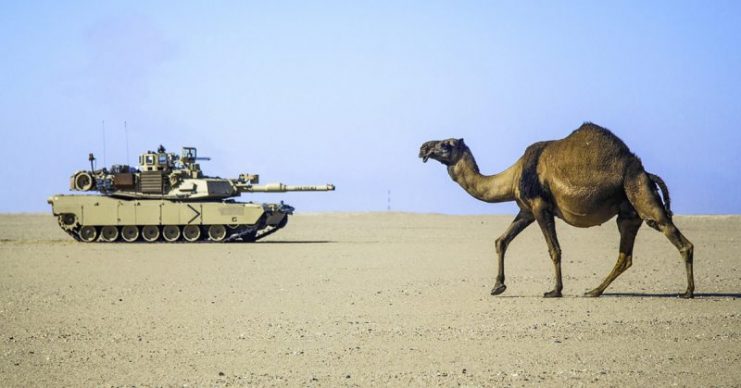
Dogs have been used in warfare since at least 600 BC, when the kingdom of Lydia used a pack of trained dogs to kill many invaders. Specially trained dogs are still used today as messengers, trackers, scouts and sentries. They are also used to sniff out bombs, and U.S. troops use them for that purpose in Iraq and Afghanistan.
Horses may be the ultimate war animal. There is evidence that horses were used by raiders 5,000 years ago in central Asia and eastern Europe. There are burial mounds in eastern Europe which contain soldiers buried with the horse they rode in battle. Horses continued to be used during wars until modern transportation methods made them unnecessary.
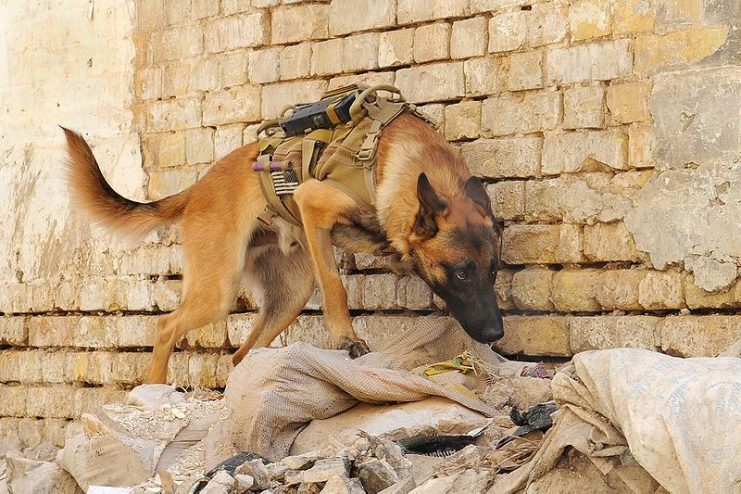
U.S. Army military working dog searches among rubble and trash outside a target building in Rusafa, eastern Baghdad, Iraq.
The U.S. Navy trains dolphins to assist in marine patrols. Dolphins’ sense of echolocation allows them to find objects underwater that humans cannot. They were used to clear mines in the port of Umm Qasr during the Persian Gulf War.
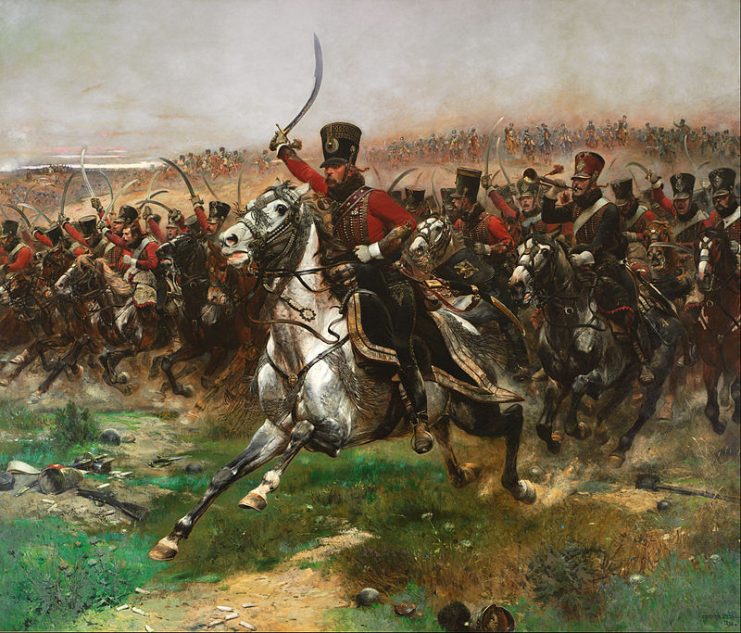
Read another story from us: Happy Warrior – Private Wojtek in the Polish Army
Bees have even been used in battle as well. In the past, some armies catapulted beehives over walls to create chaos among the people within. The city of Themyscira successfully defended against a Roman attack by releasing bees into the tunnels the Romans were digging under their walls.
These are some of the animals that have been used in battles throughout history. Take some time to learn more about their sacrifices for humans, and to appreciate all they have done for us.
